CG Spot Showcases the Technology Behind New Running Shoe
Imaginary Forces has worked on many Nike projects over the years. But the CG animation they created for the company’s new running shoe, the Nike LunarEclipse+ 2, stands out as something different. While Nike’s creative brief outlined a spot that would use the stride of a runner to showcase the shoe’s Dynamic Fit technology in a simple way, it was up to the Imaginary Forces team to come up with a look and an arc for the story.
“We decided on a hand-drawn style for the animation, which I think got us the job, in a way,” recalls Charles Khoury, who directed the spot and led the Imaginary Forces team on the project. “There’s something about the quality of the lines that make things look more personable and emotional than they would with a CG-rendered foot.”
Imaginary Forces used Cinema 4D’s Sketch and Toon to create the hand-drawn look of the otherwise high-tech spot, which follows the choreography of a runner’s varying strides.
Click any image to see a high-res version.
Designing the Story
To illustrate the technology behind the LunarEclipse+ 2, Khoury and his team created CG animations showing how Dynamic Fit allows the shoe to adapt to the contours of a runner’s foot. The spot focuses specifically on Dynamic Fit’s innovative mid-foot system, which conforms to feet of all shapes and sizes, eliminating the space between the foot and the shoe.
Because Dynamic Fit will be integral to other Nike styles besides the LunarEclipse+ 2, Imaginary Forces created a nondescript, translucent shoe, which they modeled in
Autodesk’s Maya. Cinema 4D was used to create the cage-like mid-foot system that is highlighted during the spot as it adapts to the runner’s foot.
“We use both Cinema 4D and Maya in house, and which one we use usually depends on which artist is available and what they know how to do,” Khoury explains.
Adobe After Effects was used for compositing, and Santa Monica's
Machine Head created the dynamic soundtrack for the spot.
The spot begins with abstract lines that seem to be forming a landscape but soon take the shape of a foot. Imaginary Forces used splines and sweep nurbs inside Cinema 4D to draw the visual landscape of the foot and then seamlessly transitioned to the Sketch and Toon shader. “We did that because when we’re that tight on the landscape we want it to feel more tactile, and the toon shader is more ethereal,” Khoury explains, adding that the splines also gave the look a sense of depth.
Getting a Look That’s Real
Getting the stride right was a bit of a challenge, especially when showing how the runner’s foot hits the ground. “We had to create a lot of the formation cages to make the foot look like it was expanding and hitting the ground,” explains Khoury, “and you can really see the muscles flattening when the foot hits.”
Cactus Dan’s
character rigging plug-in for C4D came in handy when it was time to generate the run cycle. Khoury and his team reconstructed a run cycle using YouTube videos and references from Nike. Next, Cactus Dan worked closely with Imaginary Forces to animate the initial cycle. “It was a nice process and really fun, too,” Khoury recalls.
A
Trapcode Form overlay in C4D was used for the fiery-looking transitional frame in which the shoe around the foot is revealed. “It’s an energy/transformation thing,” explains Khoury. “We rendered a path of Trapcode Form and mapped it onto the shoe in CG, and there was another layer of Trapcode Form in After Effects.”
A Fresnel shader combined with a glass texture was used for the transition frame between the fiery effect and the hero moment when the shoe is revealed. “That combination gave us a cross between a translucent and X-ray look, which kept things simple but allowed you to see through the shoe,” says Khoury.
Khoury’s team had just under a month to complete the spot, which they think was a good amount of time for something like this. But there’s always more to do if you could. “There’s never enough time to do all that you can think of doing,” Khoury says, “and if we’d had more time, we could have made this even more photoreal and worked on the run cycle longer.”
In the last few years, Imaginary Forces has noticed that more and more clients want a photoreal look. “It’s fun because you’re generating something that looks like a photograph, ideally,” says Khoury. It’s also been tough to deliver photoreal work on tight deadlines, but he says Cinema’s R13 has helped change that. “The new physical render is pretty amazing,” says Khoury. “Most of our clients are requesting a photoreal and tactile look, and physical render is getting us there.”
Meleah Maynard is a Minneapolis-based journalist and editor.
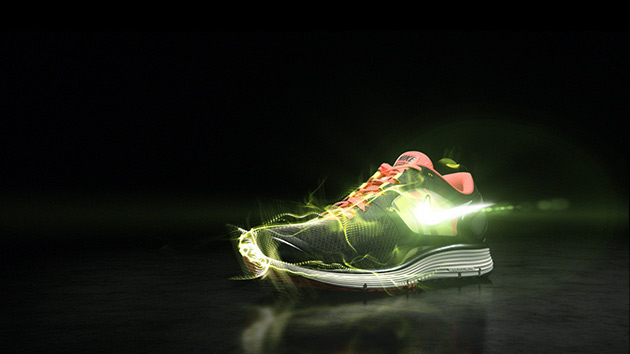
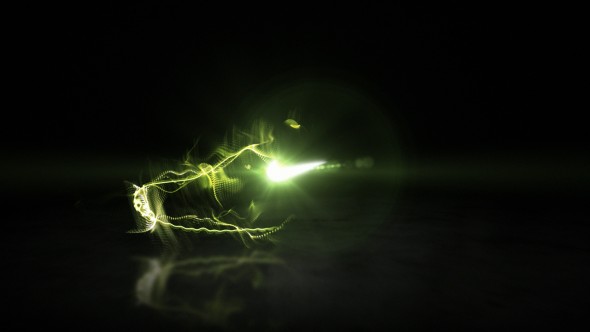
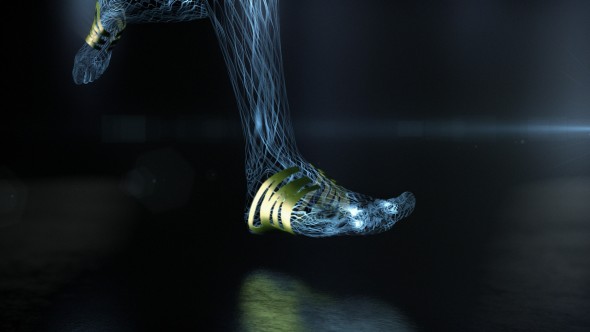
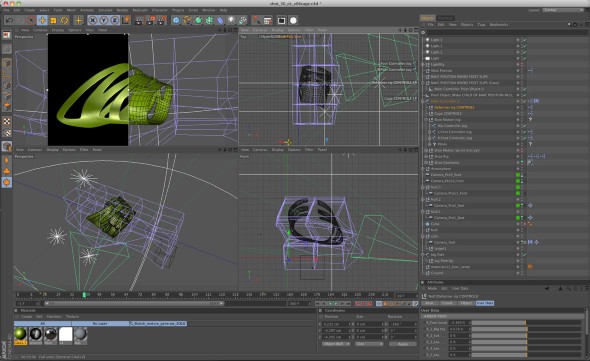
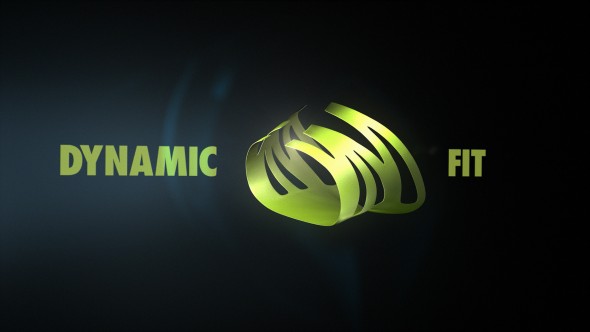
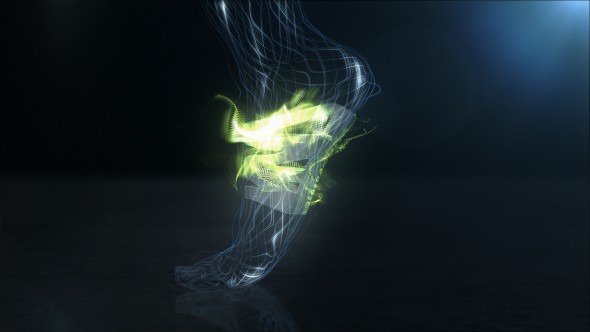
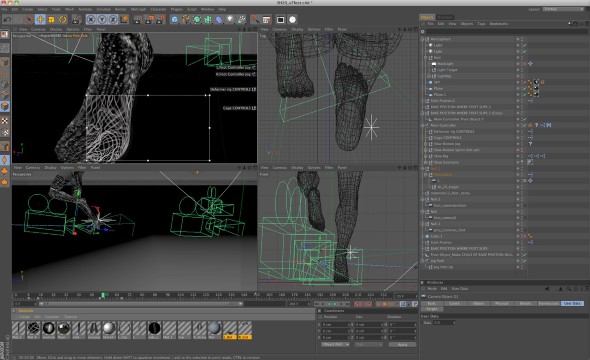
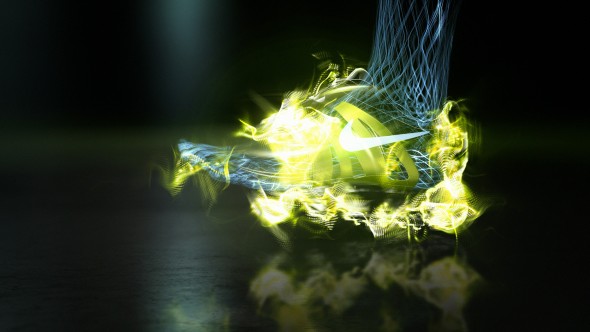
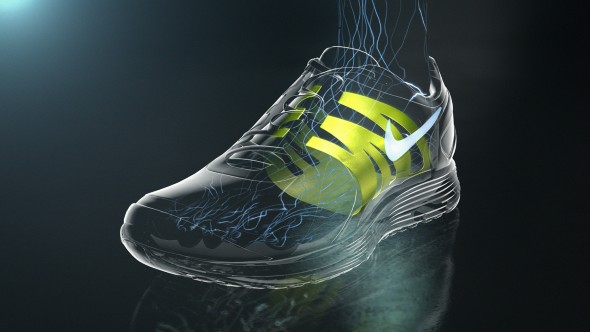










Leave a Reply